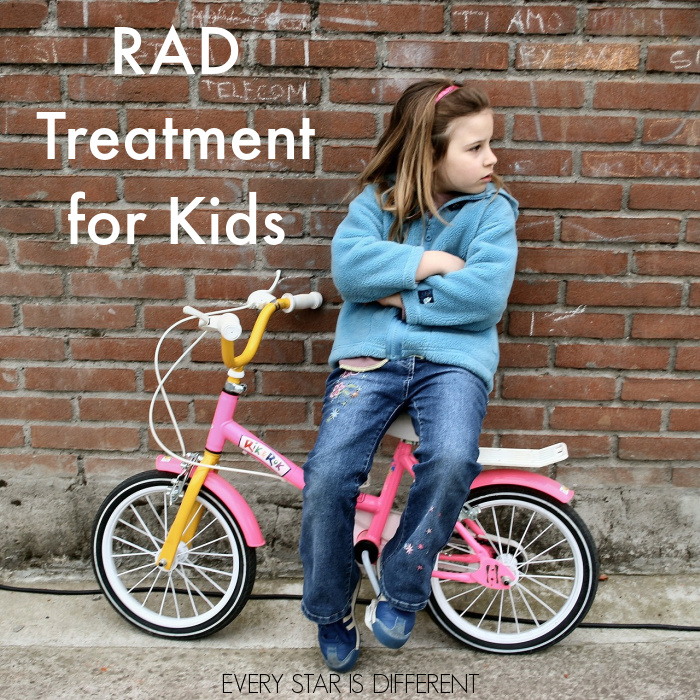Reactive Attachment Disorder (RAD) is such a rare diagnosis.
It's hard to understand who has it and who doesn't, based on when trauma occurred, when behaviors began, and how soon struggles were observed.
Due to the complications of receiving a diagnosis of RAD, some seek out famous cases of Reactive Attachment Disorder to compare.
Understanding famous cases can help caregivers of children with Reactive Attachment Disorder know what to expect, how to cope, and how to get help.
Many caregivers that are faced with the realities of Reactive Attachment Disorder wonder who else has gone through this experience.
What does the experience of others look like?
Is healing possible?
It's my goal to share famous cases of Reactive Attachment Disorder based on my own personal observations combined with knowledge of others that is available to the public, in hopes it may help caregivers.
Disclaimer: I am not a therapist. I am not a psychologist. I am not a developmental pediatrician. I cannot diagnose.
The list of people below are those whom I (and my family) believe could be famous cases of Reactive Attachment Disorder based on what they have experienced.
Many have not been identified as such. Others are assumed to have Reactive Attachment Disorder, but this information cannot be confirmed.
Some of these people are actually characters in movies, tv shows, and books.
I am sharing, so that caregivers and others seeking information about Reactive Attachment Disorder can start to see a pattern in behaviors and struggles.
Please remember that Reactive Attachment Disorder is a spectrum disorder, which means that every case varies in severity and struggle.
Famous Cases of Reactive Attachment Disorder
What Is Reactive Attachment Disorder?
1. Beth Thomas
Beth Thomas is most famous for having Reactive Attachment Disorder due to the movie/documentary Child of Rage found on Youtube.
Her story is well known to all in the Reactive Attachment Disorder community.
In 2010 Beth Thomas wrote a book with her parents about her journey.
What I love about the story of Beth Thomas is that we have a glimpse of her childhood and the story of healing from Reactive Attachment Disorder that she has shared as an adult.
The documentary of her healing can also be found on Youtube.
Please be aware her story is of a very sensitive nature. Some therapeutic practices that she experienced are no longer advised and considered traumatic and abusive.
Beth Thomas' story helps us know how hard raising a child with Reactive Attachment Disorder can be and that healing is possible.
She is a shining light that can bring so much hope to families.




















No comments:
Post a Comment